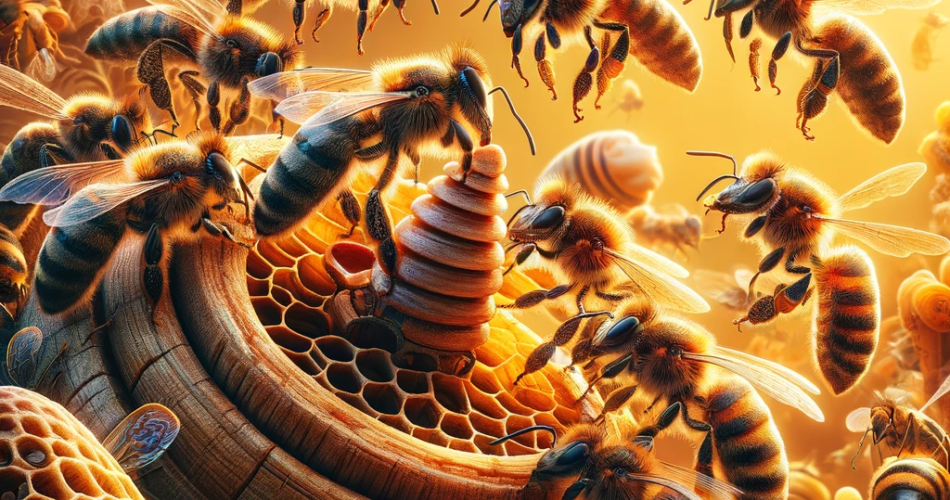Introduction: A World Beyond the Hive
In the realm of tiny creatures, the honeybee stands as a testament to nature’s intricate design and intelligence. Often overlooked or feared for their sting, honeybees embody a remarkable world of sophistication and cognitive abilities that surpass what one might expect from such small beings.
The Astonishing Intelligence of Bees
Understanding Bee Intelligence
Honeybees are not just about buzzing and honey production. They exhibit a range of behaviors that reveal their intelligence and individuality. Their societal structures and the complex hives they build reflect a high level of organizational skill. These creatures are not only fascinating but also hold secrets that could revolutionize our technological world.
Learning and Memory in Bees
Researchers have found that honeybees possess incredible learning and memory capabilities. They can remember locations, navigate complex routes, and even understand abstract concepts like sameness and difference. This level of cognitive ability in an organism with a brain of only one million neurons is astounding and challenges our understanding of intelligence in smaller-brained animals.
Bee Brain: A Model for Technological Advancements
Structural Complexity of the Bee Brain
Contrary to common belief, the bee brain, though small, is not a simple system. It contains beautifully organized structural regions that interact in complex ways, much like the human brain. This complexity in such a tiny brain opens new avenues for understanding brain function in larger animals and humans.
Implications for Robotics and Artificial Intelligence
The study of honeybee brains is not just academic curiosity. It has profound implications for robotics and AI. Understanding how bees navigate, avoid collisions, and make decisions with their limited neural resources can guide the development of more efficient and sophisticated algorithms for autonomous machines.
Bridging the Gap: From Bees to Bots
Innovations Inspired by Honeybees
The insights gained from honeybee intelligence are being translated into technological applications. Scientists are developing drones that mimic bee-like navigation and flight, aiming to achieve the efficiency and autonomy seen in these natural flyers. This could lead to breakthroughs in various fields, including exploration, agriculture, and emergency response.
Toward a Future of Safe Robotics
The ultimate goal of integrating honeybee-inspired systems into robotics is to create safer, more reliable, and trustworthy machines. By basing robotic systems on a deeply understood model like the bee brain, we can develop technologies that are more in tune with human needs and safety requirements.
Conclusion: Embracing the Tiny Giants of Intelligence
In conclusion, the humble honeybee, often seen merely as a honey producer, holds the key to groundbreaking advancements in robotics and artificial intelligence. As researchers continue to unravel the mysteries of the bee brain, we move closer to creating technological marvels inspired by these tiny but incredibly intelligent creatures.

